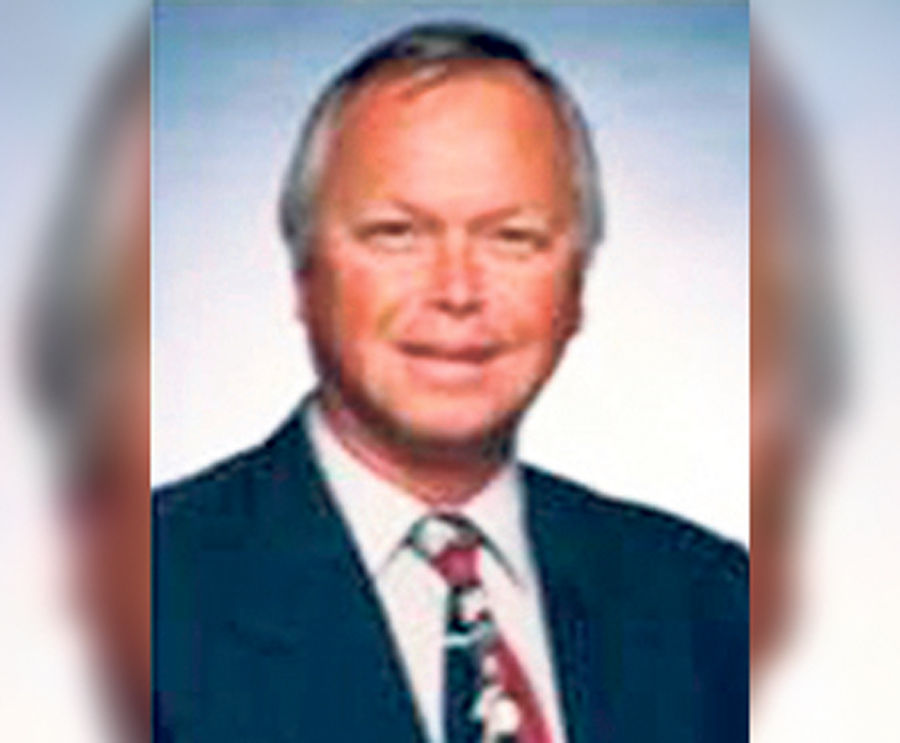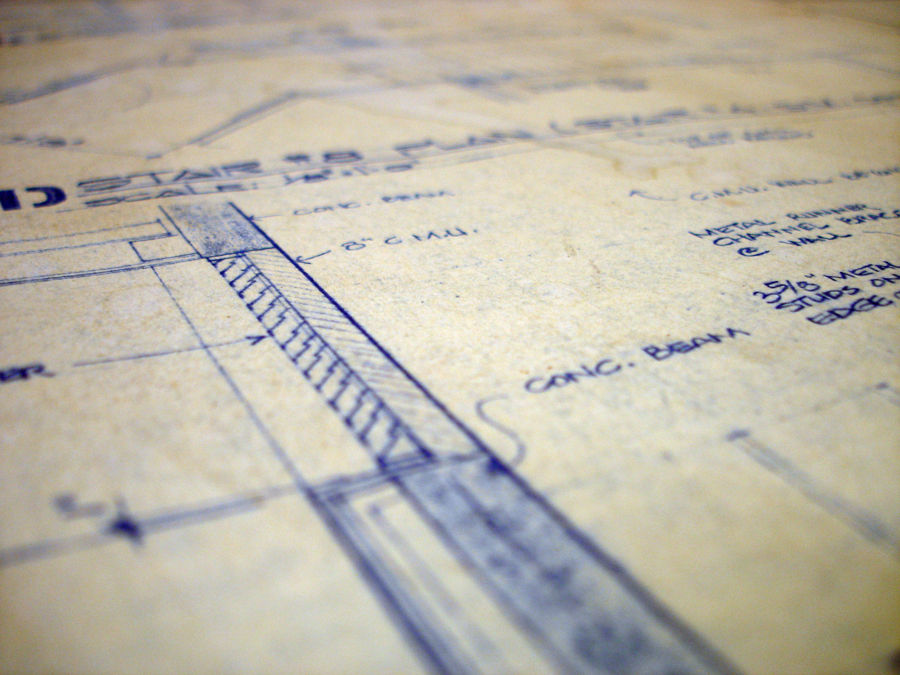LIHUE — An anticipated revival in construction could boost Kauai’s economy and compensate for a projected decline in tourism. That was the message from economist Dr. Jack Suyderhoud, who spoke at First Hawaiian Bank’s 40th Economic Outlook Forum Thursday at
LIHUE — An anticipated revival in construction could boost Kauai’s economy and compensate for a projected decline in tourism.
That was the message from economist Dr. Jack Suyderhoud, who spoke at First Hawaiian Bank’s 40th Economic Outlook Forum Thursday at Kauai Beach Resort.
He said Kauai construction jobs remain 600 below the pre-recession peak, yet, building permits paint a prettier picture for 2015.
“The key here is whether construction is really ready to break out of the doldrums,” Suyderhoud said. “We are seeing some tantalizing signs of that in terms of the builder permit numbers that have continued to be relatively strong since summer, and my hope is that there will be a break out in construction that will probably fuel next year’s growth.”
Construction is crucial if tourism falls to 1 or 2 percent growth, he said. Single-family home construction has held steady throughout the downturn, he said, but now there is an upswing of multi-family and commercial units.
Grove Farm’s Pikake subdivision has 150 houses already built, Suyderhoud said. Another 200 lots are planned as part of the Puakea master plan, with 46 more units at old Koloa Camp.
Commercial activity is also underway with Longs in Kapaa, the Hokulei Village, and a planned Safeway lifestyle store. ABC Stores is renovating the Coconut Market Place, and Ohana Real Estate Investors plan a hotel and individual lots at the former Hanalei Plantation Hotel site.
Visitor spending started strong but became erratic in the latter part of 2013 and into 2014. He said part of the reason is Kauai’s lodging inventory, with the greatest proportion of non-hotel accommodations and these tourists tend to spend less.
The increasing number of nonstop flights direct to Kauai are a real plus, but the rising airfare and lodging costs have lost out to competition at other destinations, he said.
There are 2,500 more jobs on Kauai today than at the low point in 2010, he said. At the same time, the local unemployment rate declined to a post-recession low of 4.9 percent, then went above the state average to 5.4 percent in June.
“Although job growth has been concentrated in tourism-related sectors, with accommodations leading the way, job counts in the restaurant sector have actually
declined slightly,” Suyderhoud said.
The Hawaii Dairy Farm project is a vision of Grove Farm and the Ulupono Initiative is an example of how any new project can create unexpected community resistance, he said. The concern is that the operations will create negative impacts for Poipu tourism and for streams and ocean waters.
“Project managers and investors have proposed a smaller start-up,” he said. “They estimate supplying enough milk for the entire island and an annual operational budget of $6 million.”
The second speaker, Dr. Kenneth Miller, senior vice president in First Hawaiian Bank’s Wealth Management Group, spoke on economic growth, the labor market and inflation outlook and investments. He said the market has experienced five years of growth but that doesn’t necessarily mean this is a bubble period.
“There are two common measures to show that the stock market is starting to look expensive, but that doesn’t mean that it is going to go down,” Miller said. “Historically, an expensive market can stay high for years.”
For Hawaii, the signs of a bear market would include lower visitor arrivals and reduced spending.
Despite the dip, the numbers still show a robust tourism market, he said.
“I guess the outlook in the state and Kauai ultimately depends on the bigger picture economy, and we are pretty positive on that for the U.S.,” Miller said.
Miller said China may experience a 4 percent drop in growth to 3.5 percent but that they will still outperform the United States. There will be continued interest in traveling and investing overseas including Hawaii, he said, and the real barriers are with visas and flights.
Miller is also optimistic for Japan. He said heavy purchasing activity prior to a new sales tax caused a “hangover effect” that may last into 2015.
A downside is that the yen continues to weaken and that makes it more expensive for Japanese visitors, he said. Time will tell if the reforms of Japan Prime Minister Shinz Abe will work.
“I am very positive about Japan and I think ‘Abenomics’ has a pretty good chance of working,” Miller said. “For the first time in 20 years there is a chance of lifting Japan out of flat growth deflation.”
The Euro is also weakening against the dollar, he said. The impact is less on Hawaii than Asia and the United States, he added.



